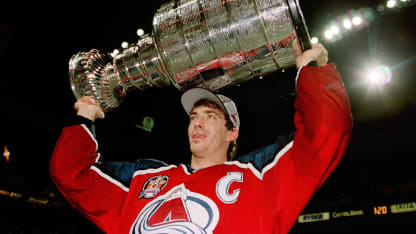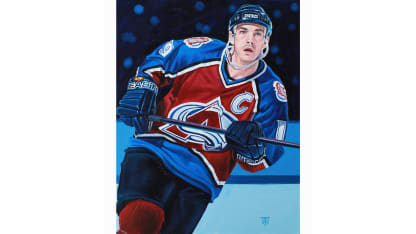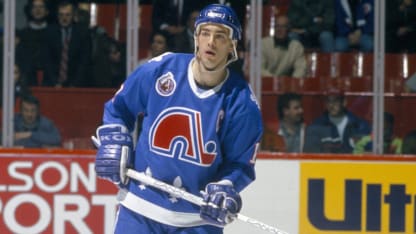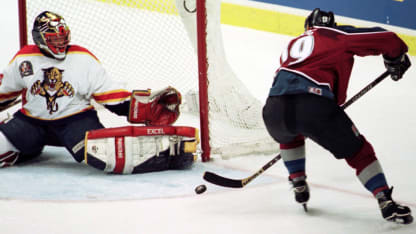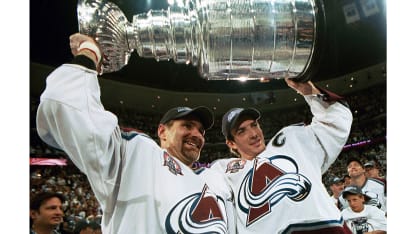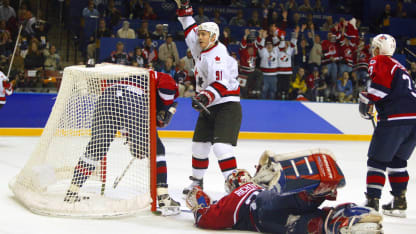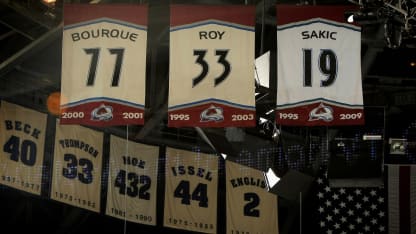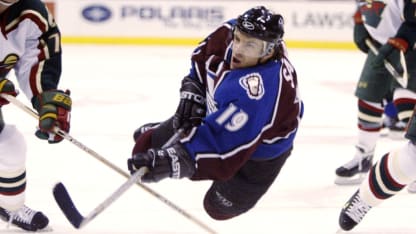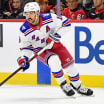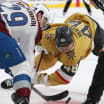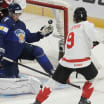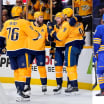"I couldn't tell you who won that game (the Canucks won 3-0), but I just remember after that night thinking I wanted to be a hockey player," Joe Sakic said about four decades and almost 1,400 NHL games later, after he was elected to the Hockey Hall of Fame in 2012.
Far from the biggest kid on the ice, the 5-foot-11 Sakic grew up emulating his hockey hero, Wayne Gretzky, and didn't take long to make a big impression of his own. In his first full season in juniors, 1986-87, Sakic played for Swift Current of the Western Hockey League, piling up 133 points (60 goals, 73 assists) in 72 games and being named WHL Rookie of the Year, even while surviving tragedy; the team bus hit a patch of black ice on an early-season road trip on the Trans-Canada Highway, careening off of an overpass and landing on its side, killing four young players.
Sakic didn't speak publicly about the horrific accident for more than 20 years, until doing an interview with Roy MacGregor of The Globe and Mail.
JOE SAKIC CAREER TOTALS | View Full Stats
Games: 1,378 | Goals: 625 | Assists: 1,016 | Points: 1,641
"You never do forget," Sakic said. "They say time heals, and it does, but you remember everything. You never forget."
Having survived the crash unscathed, Sakic tried to understand and deal with his grief, just as all of the survivors did. Sakic said there was no thought of canceling the season.
